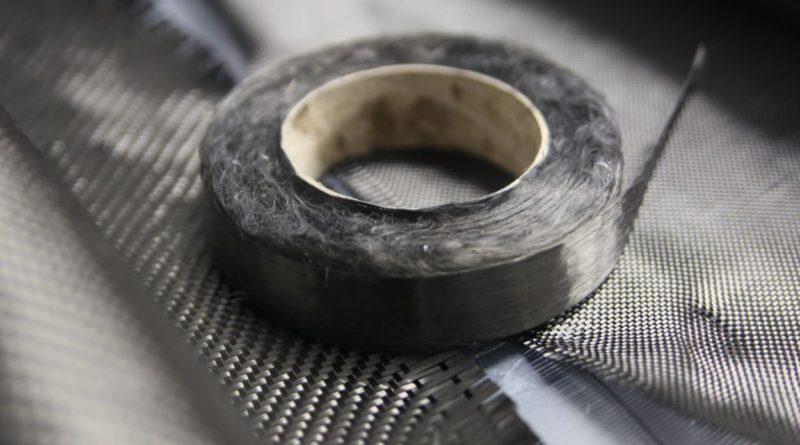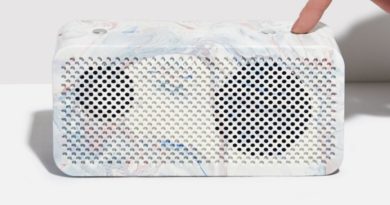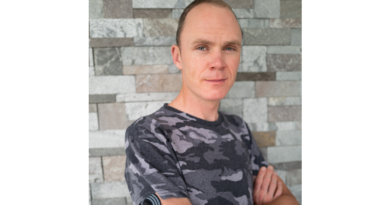Comment: Finding an OEM bicycle supplier for a new or small brand
By Edward Benjamin, Senior Managing Director, eCycleElectric Consultants
The bicycle industry of the world is well served by a number of skilled makers of bicycles. These factories fall into two general groups, which also overlap: OEM (Original Equipment Manufacturers) and ODM (Original Design Manufactures).
There are far more OEMs than ODMs, and the services of the two are these: OEMs build exactly what their brand manager or distributor customer asks for. ODMs have proprietary designs or patented features that they offer as unique products, usually under their brand manager customer’s label.
Some OEMs offer an array of existing, generic, bike designs. All the brand manager customer needs to do is select the one they want, and provide instruction on colour, graphics, etc.
Asian OEMs have nearly replaced the factories that once existed in nearly every market. The small (and large) bicycle factories of the Americas, Europe, and elsewhere have been largely shut down in favour of bikes sourced from Asian OEMs.
These OEMs have often done a better job, at a lower price, and thus come to dominate bicycle manufacturing. But not bicycle distribution – the skills that serve the OEM well at making bikes are not what they need to sell bikes in the many and diverse markets of the world. So a natural partnership of local or national brands that decide on product details, promote, advertise, distribute and support the product, but buy their bikes from OEMs rather than make them, has become the world wide norm.
Many of the Asian OEMs build bikes for numerous brands – and in many cases the consumers or dealers are not aware that competing bike brands may well come from the same factory lines in Taiwan, China, Thailand, or Vietnam.
The most famous, and largest of the OEMs serving the western brand managers are all Taiwanese owned and managed. Most of them have factories in both Taiwan and China. There are Chinese owned, Chinese managed plants, as well as Thai plants, and more. The Chinese plants normally focus on high volume orders, while the Taiwanese plants are often reserved for higher priced, or more technically involved orders. Both locations usually make very good bikes.
So when a small, or new, bicycle or e-bike brand looks for suppliers, the task seems not to difficult. There are at least 60 factories in Asia that are seemingly good choices.
But there are many obstacles for the small or new brand:
- The best quality products, the best engineering, and the best communications very often come from the largest of the OEMs. Small OEMs, especially in the less common sourcing areas, can have inconsistent quality, leading to costly errors and delays.
- Quality processes are much more likely to be effectively used at the largest OEMs. Small factories can take short cuts.
- Misunderstandings during communications are common, even among the largest OEMs, who will often have western educated staff. Such problems are much more common at the smaller OEMs. Years of working together can greatly reduce this, but in the first days you may encounter problems.
- OEMs are geared for high volume. They must be price competitive, so they must be very efficient, and those efficiencies work best when making thousands to millions of bikes. Even when they want to work with a small brand, they may not be able to do so.
- The small brand does not have the experience to overcome these obstacles, and can find them daunting and expensive to deal with.
- The small brand is overwhelmed by the many OEMs, and confused because all of them say “no problem”, and “we want to do business” but then often do not respond.
- A common thought among small or new brands is to find the largest Chinese bike maker and expect that they will be the best choice. This is not usually the case for a new brand. The largest bike makers in the Chinese domestic market, for example, are very good at serving Chinese dealers and consumers – but may have few or no staff that speak strong English. And may have little experience with export business. Small orders of the small brands will have no priority in their production booking.
Here are some things the OEMs know, that the small brand does not:
- Good OEMs are approached literally every day by new and small brands, and also by brands that are mostly just wishful thinking on the part of the owner. Many of these companies and people have unrealistic expectations. It is hard for the OEM to know who is a legitimate prospective customer with a good future, and which ones are a waste of time.
- Interacting with a small customer takes as much time, and as much expense, as working with a big customer. Sometimes more.
- Many OEM factories simply cannot profitably handle orders that are less than thousands to tens of thousands of units. The cost of tooling, training, software, and many other details are the same for the big and the small order, in many cases.
- When working with, or being contacted by, a big brand, the capabilities and business practices of that brand are well known the most of the OEMs. In many cases, the brand and the OEM staff are long acquainted or old friends. There is little worry about payment, or about the brand’s ability to sell the bikes they order.

- A new player in the industry can be a complete mystery to the OEM staff. Even if they are a famous company (an example would be a car company – big and famous in their home market, but unknown to the Asian OEM factory.) The OEM staff may not even recognize the company name, and may not know whether to believe what they see on the internet.
- Big plans, big talk, and a nice power point do not help the new player much. There is experience that teaches the OEMs to be wary of big talking westerners with a powerpoint – especially ones asking for a great price, payment terms, or extra work and tools with no offer to pay for them up front.
- A handful of sample bikes is a big project, which can tie up the best workers and engineers in the factory – and often these people are needed for ongoing business for known and long-time customers. There is no way to give the new or small customer a priority and the same applies for the best sales people and account reps in the company.
So we could say that the biggest OEMs are the best ones for a small brand. But that these big OEMs do not find it easy to work with small brands and will often refuse to do so. Or simply never really say what they will or will not do. (Asians rarely say “no”. Their culture is to avoid telling anyone what they do not want to hear. So “maybe” means “no”. Failure to respond means “no”.)
Less capable and smaller OEMs will often be more motivated. But they are often much more difficult to work with – and for a small and inexperienced brand, trying to teach the inexperienced OEM how to be a successful partner and build appropriate bikes is not a welcome, or maybe even a possible task.
 There are a very small number of first tier OEMs. Some say that the group that can successfully supply a major western bicycle brand are about a dozen in number.
There are a very small number of first tier OEMs. Some say that the group that can successfully supply a major western bicycle brand are about a dozen in number.
To gain one of these as a supplier usually requires some years of success in business, plus a little luck and some good networking and relationship building. Shopping for such a supplier can be done at major trade fairs, but even this can take time, so invest it wisely.



